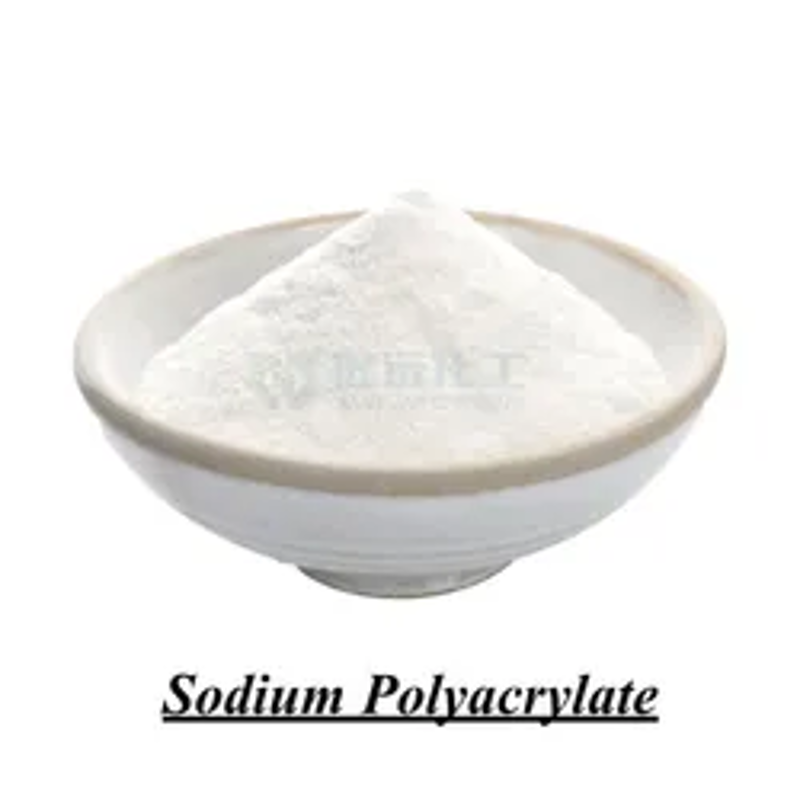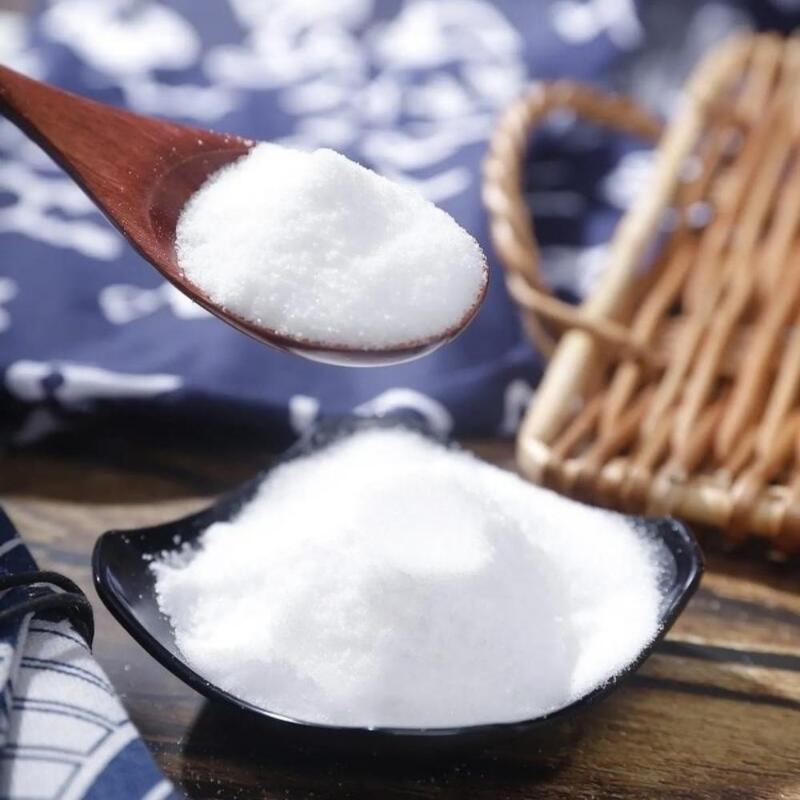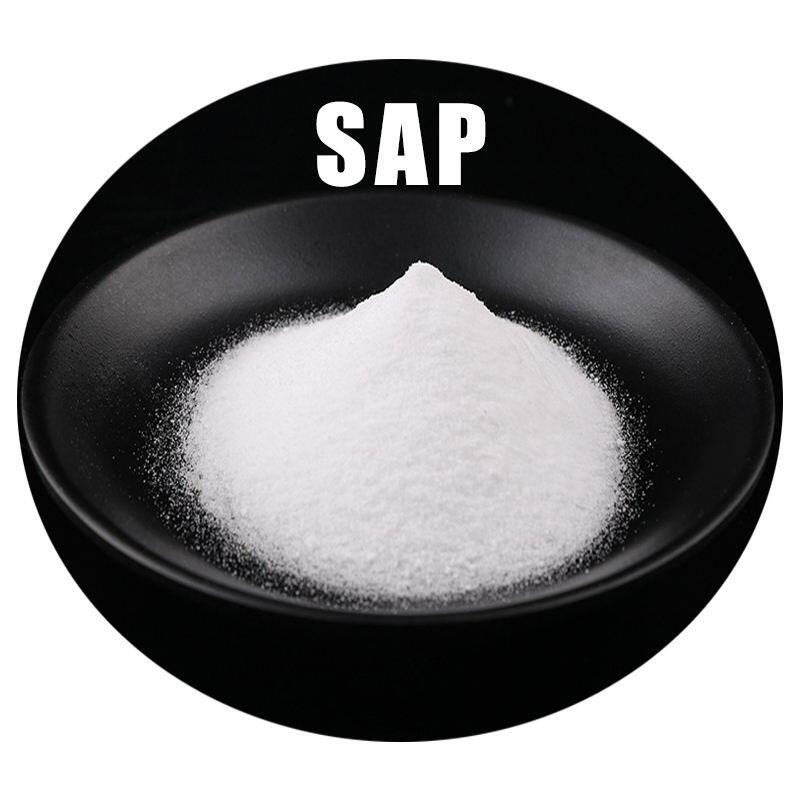Functionally enhanced starch
-
Last Update: 2021-02-17
-
Source: Internet
-
Author: User
Search more information of high quality chemicals, good prices and reliable suppliers, visit
www.echemi.com
consumers today want foods to have healthier product attributes, even if it's just small snacks, cookies and crackers that make people want to stop. This growing demand has forced formulaters to switch to more functional starches.demand for functional foods has left research and development experts in a dilemma: how can more nutritious products be produced without sacrificing taste and quality, especially those snacks that people can't stop eating? The addition of functional starch is key.according to
dr. Elizabeth Sloane
's survey of
's
2010 Top 10 Functional Food Trends ,
82%
of consumers expect snacks to reduce hunger and increase satiety. In addition, dietary fiber
one of the
of the most important nutrients, according to the 2010 Dietary Guidelines for Americans. Adding functional starch may be the best way to meet consumer needs without sacrificing taste, texture and quality.that can be fully digested (refers to starch that raises blood sugar levels), such as universal wheat flour, is not well-known among consumers. Because even if the starch breaks down into glucose to provide energy for the body to maintain normal functioning of the brain and red blood cells, it can also cause excessive calorie intake if consumed in large quantities.In order to solve this problem, we can add functional starch and starch components, such as resistant starch,
β-
glucosaccharin, legume powder or polyglucose, etc., to food or use it as a partial substitute for glycemic starch. Even in some foods we can use them instead of part of the fat function.this allows foods that add functional starch to claim one or more more claims than their usual counterparts without changing fat and protein content. In practice, permitted claims include
"
lower calories ,
"
higher fiber
"
,
"
to help lower blood cholesterol
"
"
"
increased satiety
"
and so on.further development, functional starch contains functional ingredients that can replace wheat and other gluten-containing food ingredients. We can extract starch from legumes and seeds (e.g. leeks, chia, quinoa, sorghum and millet) or from common flours made from rice, corn or potatoes, and consumer demand for gluten-free foods drives the use of this starch, raising the health function of baked and squeezed foods to a new level.microalgae is an emerging source of functional flour. Although the actual starch content in microalgae is low (less than one-third of the total), and most starch is in the form of fiber (the soluble component is about three times the insoluble component), it is a highly efficient fat substitute for up to
50%
of fat. In addition, microalgae are high in protein, making it an alternative to eggs in many food formulations, especially baked goods. As a functional starch, it can only replace about
5%
of standard starch in the formula, but even this small amount of replacement can greatly reduce the fat content of food.increasing demand for gluten-free and allergy-free foods requires us to develop special varieties of starch (e.g. rice starch) that are wheat-free. Today's ingredient technology enables these starches to be perfectly applied in formulations, replicating the corresponding gluten-containing starch function.add resistant starchresistant starch in the human small intestine can not be digested by enzyme digestion, into the colon after fermentation under the role of bacteria. It is because of this characteristic that resistant starch is structurally similar to fiber, even though
-
and many other aspects, such as its role in food processing,
-
, belong to starch. In fact, according to the
Institute of Medicine
and the
International Codex Alimentarius
, resistant starch can be classified as dietary fiber.resistant starch can be divided into four types:
1
type resistant starch is a physically difficult-to-access starch present in seeds or unprocessed whole grains;
2
is a starch naturally found in other raw materials such as ripe bananas, rice
, barley, raw
potatoes, and high-straight
-chain corn starch;resistant starch can also be used as a probiotic component because it can increase the concentration of beneficial bacteria such as Bifidobacteria in the colon.several types of resistant starch can be used in the food industry. Some of this comes from wheat and barley, but the most resistant starches are taken from varieties of high-straight-chain corn starch. This functional starch is made from naturally resistant starch extracted from corn at a content of approximately
60
content). The resulting flour is of good quality: white, neutral or bland in color, with no odor. In addition, this resistant starch has a low water holding and is an ideal alternative tolow acceptance
"
dietary fiber in baked goods, pasta, cooked grains, and smoothies thickening beverages.for baked goods and similar products have shown that high-straight-chain corn starch can replace up to
25%
of rising blood sugar starch while maintaining consumer acceptance. In fact, it has been reported that in some upgrade formulations, the content can be slightly
3%
about 3%."
our study found no significant change in preference for small muffins made from flour partially replaced by high-chain cornstum compared to regular muffins," said Dr.
Vijayagopal
, an associate professor at Texas Women's University.
” Dr. Vijayagopal
the beneficial biological effects of high-chain corn starch in the human body. It is pointed out that the addition of high-straight-chain corn starch is an excellent way to increase cellulose content, Dr.
Vijayagopal
determined that the dietary fiber content of muffins made from this resistant starch-reinforced flour is
5.5g
, compared with
0.5g
in the normal control group. But Dr
Vijayagopal
also reminds us that 's granular composition from curry sauce made entirely from high-straight-chain corn starch as a complete substitute for flour is more pronounced and does not enjoy the same consumer acceptance and recognition as curry sauce made from plain flour. According to Dr.
Vijayagopal
, daily intake of
15 to 30g
resistant starch for at least four to six weeks (a standard far higher than the
3 to 8g
Americans consume from their diet) can help you increase satiety, increase insulin sensitivity, and help you lose weight invisibly. In addition, she specifically raised market-specific factors,
"
because resistant starch is a fiber, so when it comes to consumers, we can say that eating resistant starch is closely related to good digestive health
"
.
resistant starch and other fiber-like starches are excellent in many ways, benefiting our formulation optimization, health care, and the marketing advantage of clean labeling. second-generation starchy fiber as a non-digestive polysaccharose
D-
glucose,
(1,3) (1,4)--D-
glucose, also known as (
a.k.a
),
-
glucosaccharide, is a functional starch present in the form of water-soluble dietary fiber. Studies have shown that it can reduce the risk of cardiovascular disease and can lower cholesterol and post-meal blood sugar levels and increase satiety. In fact, because
β-
glucosaccharides lower cholesterol, the U.S. Food and Drug Administration (
FDA
) has a
"
cardiovascular health
" claim if at least
0.75g of beta-
glucosamine is added to
each serving, and the saturated fatty acids, cholesterol and total lipid content are low. That is, if you want to lower cholesterol levels, you should consume at least
3g of beta-
glucosamine per day. and oats are a good
β for
-glucosamine.
β-
the source of glucosaccharide determines the viscosity, solubility and physiological function of its composition. Although
β-
glucosaccharides can replace carbohydrates and fats, there are still some challenges when applied to food processing. For example,
β-
glucosaccharin has water binding properties, viscosity and the ability to form gels in food. the molecular weight of
β-
glucosaccharies in practical formulation applications is also an issue that must be considered. The large molecular
β-
glucosamine polymerization experience at a slower rate to form a strong gel, and will change the quality of the product. However, from a physiological point of view, this high molecular weight of
β-
glucosamine may be more important for good health. It is worth noting that as the mixing and fermentation are carried out, the polymer's
β-
glucosaccharies degrade and wear out. In an attempt to improve the nutritional value of white bread, researchers
Brennan
and
Cleary
tested the properties of high-molecular
β-
glucosaccharin extracted from barley instead of glycemic flour. Added
2.5% β-
glucosacchargy bread volume and height have decreased, which may be related to the water binding properties of
β-
glucosamine. But a recent article in the
Critical Reviews of Food Science and Nutrition
) came to the opposite conclusion, with
Singh
and others adding
0.3%
of high-purity oats
β-
glucosaccharins to yogurt, which were found to have no change in color,
pH
, stickyness and fermentation time. However, the above indicators
increased to
0.4% when the amount added increases to 0.4%. These findings suggest that adding
β-
glucosaccharies of
0.75g
to every
8,
ounces of boxed yogurt is sufficient to meet the criteria for health claims, and that the original quality does not change
. bean flour is now popular and more widely used, and a new type of legume flour is coming soon.
more than
2400 years ago, hippocrates, a famous Greek physician, praised the high nutritional value of feathered beans. Feather bean is a type of legume that has been a staple food for centuries in the Mediterranean. Feather beans have historically been used in animal feed, but until recently they have attracted interest as a functional starch in the form of feather lentil powder. This is a high-quality flour similar in texture to wheat cake flour. can be used to make baked goods, meat products and even ice cream. Because it is yellow, it is also the best alternative to eggs and butter in some recipes. Feather fan bean powder contains up to
40%
protein and
30%
fiber, with a lower glycemic index. Simply replace the
5%
of the formula's rising blood sugar starch with feather fan bean powder to increase the protein content of the finished product by
14%
This article is an English version of an article which is originally in the Chinese language on echemi.com and is provided for information purposes only.
This website makes no representation or warranty of any kind, either expressed or implied, as to the accuracy, completeness ownership or reliability of
the article or any translations thereof. If you have any concerns or complaints relating to the article, please send an email, providing a detailed
description of the concern or complaint, to
service@echemi.com. A staff member will contact you within 5 working days. Once verified, infringing content
will be removed immediately.







